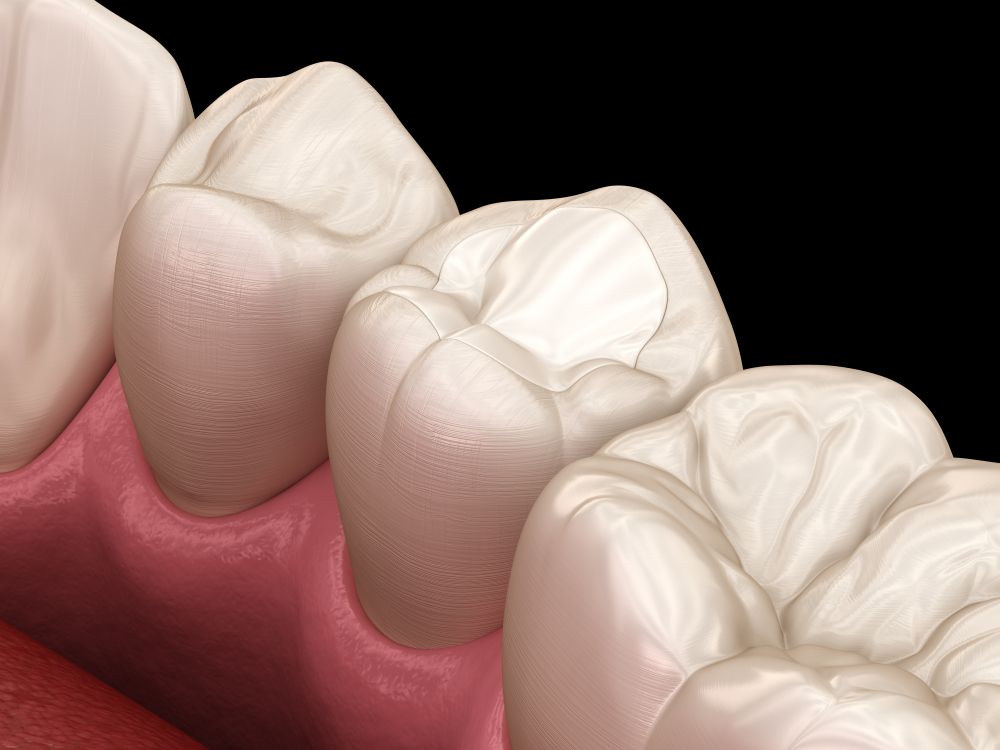Over time, our teeth weaken because of decay or trauma and can be vulnerable to bacteria. The bacteria attack our teeth and break the enamel, thus forming a cavity. When a tooth has a hole, the best solution is to go for a dental filling. A number of filling materials can be used to even out the tooth’s surface for better chewing or biting.
Let’s learn more about tooth filling, its types, and the steps in the dental filling procedure.
What is a Dental Filling?
Everyone knows that filling is a dental restoration that dentists use to repair a tooth damaged by trauma or decay. The dentist places the filling material into the cavity during the dental filling procedure. Later, the material hardens so the tooth can be restored to its original function and shape. It is up to the dentist to decide which type of filling suits your dental problem or specific situation.
Your dentist has to determine the extent of decay before going to the filling that works best for you during the dental filling procedure. It also depends on the cost of the filling material and its location. It is worth mentioning that dental fillings can’t save your tooth if you have a big cavity where there is barely any dentin or tooth enamel left on it.
What Kind of Dental Fillings Are Available?
A few types of dental fillings are available in the market. Although, the cost of material, the extent of decay, the tooth’s location, and the dentist’s recommendation helps determine what type of filling is best for addressing your needs. The following are the primary materials used in the dental filling procedure.
- Porcelain.
- Gold.
- Silver amalgam containing mercury with zinc, tin, silver, and copper.
- Tooth-coloured, glass, and plastic materials are known as composite resin fillings.
For some people, gold offers a pleasing appearance and can last for 10 to 15 years. Silver fillings are less expensive and can last for ten years. When we talk about tooth-coloured composite fillings, they are matched to the colour of the existing teeth.
Steps Involved in the Dental Filling Procedure
- Anaesthesia
Anesthesia is a primary step in the dental filling procedure. When filling the affected tooth, the dentist injects local anesthesia into the gum to make the area insensitive to pain.
- Drilling
In this step, the dentist will use a drill to remove the tooth’s decayed material, as the filling will not stick to the tooth if it is on the compromised ground. Some dentists even use an abrasion instrument or a laser.
- Cleanup
Cleaning up is also an essential step before filling the tooth. The idea is to remove debris and bacteria from the damaged tooth’s cavity. The patient is asked to spit out to prevent the bacteria that can infect the digestive system.
- Filling
When the area is adequately cleaned and roughed up, the dentist fills the tooth. Later, the patient has to bite down the sanding paper to grind out the filling. Ultimately, the dentist polishes the tooth and finishes the filling after placing it onto the tooth.
Cavity Repair in Woden Valley, ACT, Australia
We will be better informed about the best available options when we can understand the differences between the therapeutic procedures, including the dental filling procedure. Garran Dental is among the top dental clinics that offer several options to repair your cavities. Our experienced staff will ensure that the treatment relieves your discomfort so that you can have a healthy tooth once more. We will also discuss the filling that will be best for you.
Call Garran Dental or book an appointment today!


